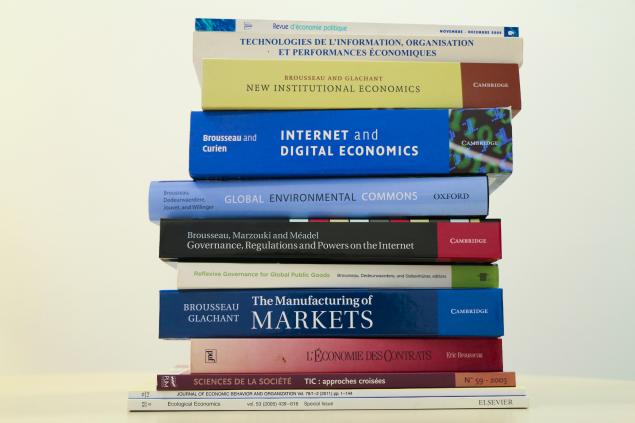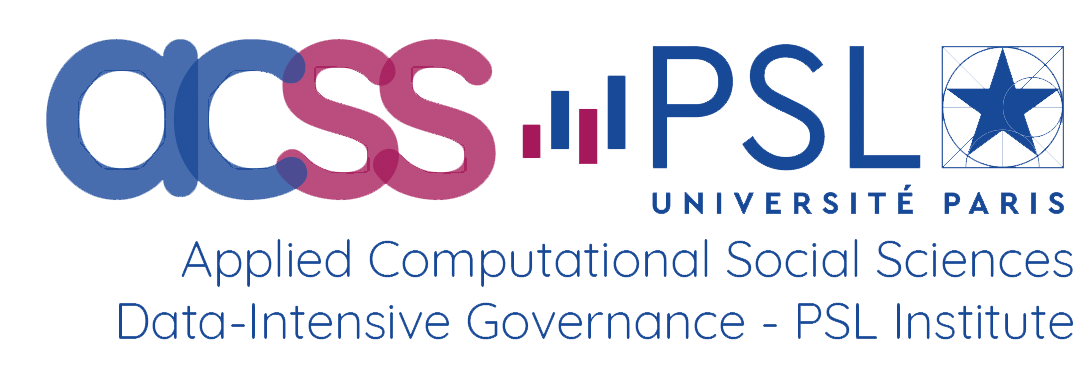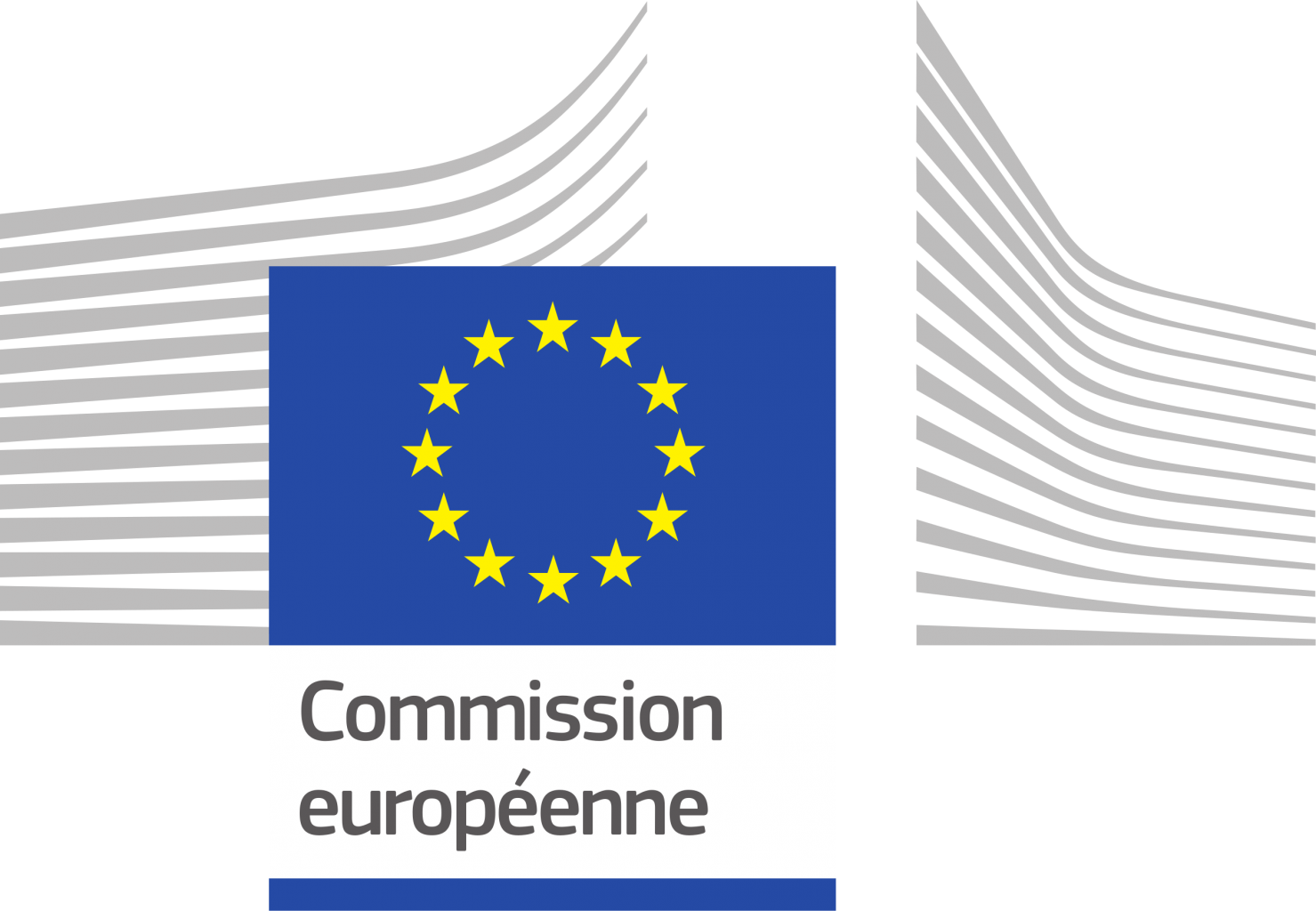
|
| , - |
|
| Espace One (1er étage), Université Paris-Dauphine |
Jan BOONE
"Health provider networks with private contracts: is there under-treatment in narrow networks?"
Contracts between health insurers and providers are private. By modelling this explicitly, we find the following. Insurers with bigger provider networks, pay providers higher fee-for-service rates. This makes it more likely that a patient is treated and hence health care costs and utilization increase with provider network size. Although providers are homogeneous, the welfare maximizing provider network can consist of two or more providers. Provider profits are positive whereas they would be zero with public contracts. Increasing transparency of provider prices increases welfare only if consumers can “mentally process” the prices of all treatments involved in an insurance contract. If not, it tends to reduce welfare.
Fabrizio GILARDI
"The Diffusion of Policy Perceptions: Evidence from a Structural Topic Model"
Policy diffusion occurs when policies in one unit (e.g., states, cantons, cities) are influenced by the prior adoption of policies in other units. Although numerous studies have convincingly shown that policy adoption is a function of previous adoptions in other units, they have, with very few exceptions, generally ignored a crucial step in the diffusion process—namely, how political units perceive the policies that they are considering adopting. This policy perception plays a crucial role in linking the actions of previous units with the potential actions in other units. In this paper we focus on the link between prior adoptions and policy perceptions, both by identifying the mix of perceptions and by examining the link between prior adoptions and policy perceptions. We study these perceptions in the area of restrictions on smoking in U.S. states. Our analysis draws upon an original dataset of about half a million articles published in thirty-eight American newspapers between 1996 and 2014 and uses structural topic models to estimate how smoking bans have been perceived and how perceptions change as a function of policy adoption in other states. We find that many of the most prominent topics are indeed a function of prior policy adoptions in other states. (Download the full paper)


























